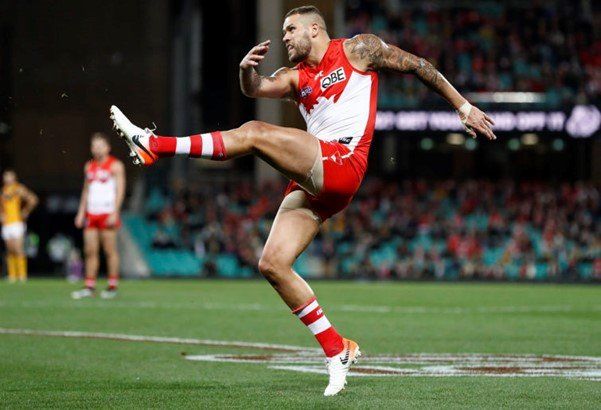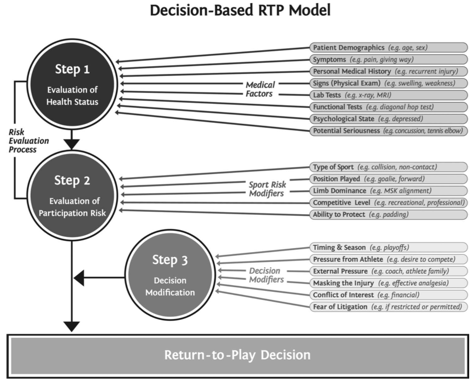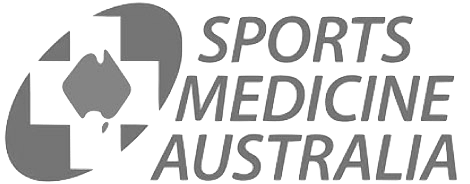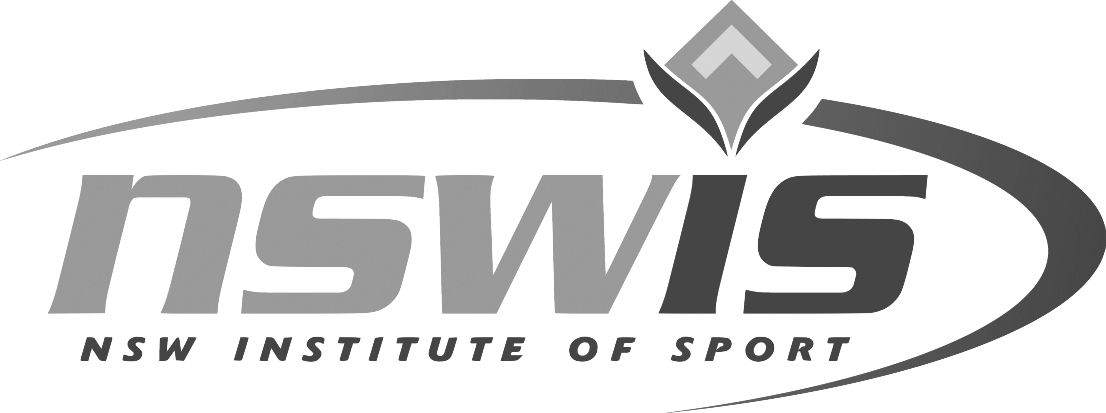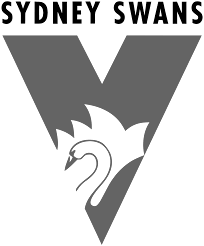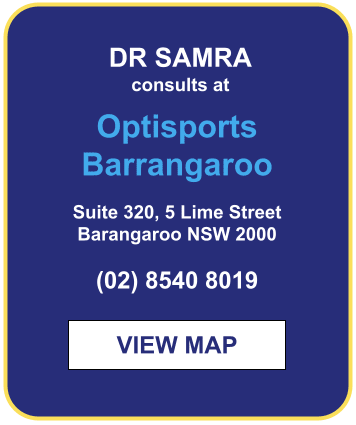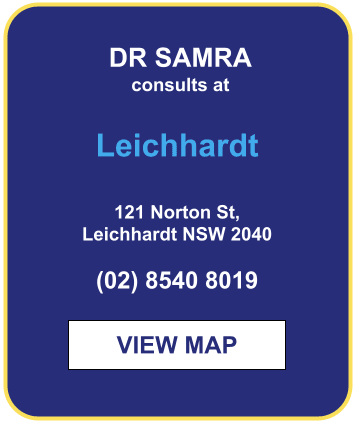Return to Play Planning
Returning back to sport or normal activity after a sports injury, surgery or general absence should be planned.
Post Operative Return to Play
Return to play refers to the point in a recovery program after an injury when a person is able to go back to either playing sports or participate in an activity at a pre-injury level.
An injury can be minor and not require you to stop competing or major and require a long rehabilitation training program.
Often the major goal of a long training program is when to return to play.
Return to Play Plan
When you and your Sports Physician have set goals for your return to play, it is important to make a plan.
Part of the planning process involves considering the patient’s
- Injury or disability,
- Physical and mental capabilities,
- Fitness level,
- General health,
- The required speed of recovery, and
- Ability to prevent injury recurrence.
Benefits of a Well Planned Rehab Program
When an injury happens, you can be forced to leave your sport and focus on your recovery. While it can be a frustrating time but it can also be a chance to improve in your sport without actually doing it.
This is a great opportunity to fine-tune your mental drills and skills to prepare you for your return.
During normal practice time, you can
- read up on your sport,
- analyze game footage and
- do whatever you can to learn about your injury
Imagery is a great way for you to stay in the game. You can
- practice rehearsing your sport-specific skills,
- plays, strategies, and
- a series of plays during a rehab session
Mental practice can be done in many places, including when you are icing or just lying in bed.
Steps to Recovery
Your Sports Physician can use different types of fitness testing to determine your readiness to play.
There are 3 main phases to rehabilitation that can be applied to any injury:
PHASE 1- RELATIVE REST
The first step in the treatment of any injury is relative rest and protection to reduce the irritation of the injured tissues. (Only serious and acute injuries require more protection).
This usually takes 1-2 weeks. In this early process a physio or Sports Physician can guide you by allowing you to protect your injury (bracing, crutches, boot, strapping and a medical certificate for your work)
Sometimes the early healing response can become unhelpful and cause persisting inflammation and pain, which impede your ability to start useful rehabilitation exercise. In these cases, medication or injection therapy may help to reduce inflammation and pain
PHASE 2- MECHANOTHERAPY and STRENGTH PROGRESSIONS
The main principle of rehab is deliberate overload to achieve adaptation of both the tissues and the nervous system that control those tissues.
The main skill here is to find exercises that induce positive tissue adaptations without increasing pain significantly.
Gradual progressions can be made toward higher load and higher speed exercises.
This is because we know that muscles, bones and tendons respond to the direction and magnitude of the forces (or lack of forces) placed on them
Mechanotherapy is a fancy word for therapy with supervised exercises that help your body move in ways that do not inflame the injured tissues and give biological signals to heal and remodel the injured tissue again. In other words, you want to find the balance to simultaneously avoid the movements and positions that trigger the problem, and also perform exercises that are customised to help you make the region stronger.
It requires SKILL and good communication to achieve this balance and an experienced physiotherapist is highly valuable here.
The body generally takes about 6-12 weeks to lay down new tissue and make an area stronger after injury
Before entering the final phase, your therapist should ensure they have addressed any other weaknesses in your "kinetic chain", above and below the level of injury.
PHASE 3- COACHING and RETURN TO SPORT
This is the most important phase for people who want to return to higher-load sporting activities.
Your rehabilitator (often a Physiotherapist, but more commonly Exercise Physiologist or Coach) watches you performing the activity and coaches the movement to make it efficient and as safe as possible.
A simple progression of exercises that test your ability to return to your sport is one such approach. This can look like this:
- Stage 1 - Walk with no limp to jog with no limp.
- Stage 2 - Sprint with no limp to figure 8 jog and run with no limp.
- Stage 3 - Quick cut "zig-zag" running with no limp to double leg hop then a single leg hop.
- Stage 4 - Non-contact sport-specific drills to Contact sport-specific drills, and
- Stage 5 - Return to the competition.


